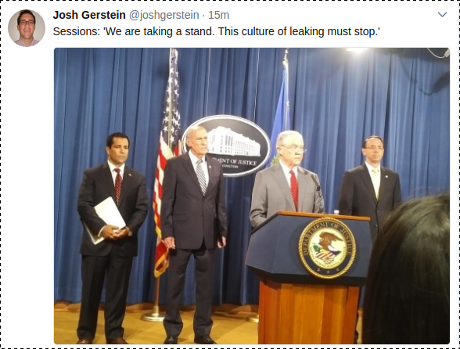Despite its spotty record on cybersecurity expertise, the FBI is promoting competitors of Kaspersky Lab.
Patrick O’Neill‘s account of the FBI’s efforts, FBI pushes private sector to cut ties with Kaspersky:
…
In the briefings, FBI officials give companies a high-level overview of the threat assessment, including what the U.S. intelligence community says are the Kaspersky’s deep and active relationships with Russian intelligence. FBI officials point to multiple specific accusations of wrongdoing by Kaspersky, such as a well-known instance of allegedly faking malware.In a statement to CyberScoop, a Kaspersky spokesperson blamed those particular accusations on “disgruntled, former company employees, whose accusations are meritless” while FBI officials say, in private and away from public scrutiny, they know the incident took place and was blessed by the company’s leadership.
The FBI’s briefings have seen mixed results. Companies that utilize ISC and SCADA systems have been relatively cooperative, one government official told CyberScoop, due in large part to what’s described as exceptional sense of urgency that dwarfs most other industries. Several of these companies have quietly moved forward on the FBI’s recommendations against Kaspersky by, for example, signing deals with Kaspersky competitors.
The firms the FBI have briefed include those that deal with nuclear power, a predictable target given the way the electric grid is increasingly at the center of catastrophic cybersecurity concerns.
The traditional tech giants have been less receptive and cooperative to the FBI’s pitch.
…
leaves the impression Kaspersky competitors are not compensating the FBI for the additional business.
That’s just wrong! If the FBI drives business to vendors, the public merits a cut of those contracts for services rendered. Members of Congress pushing for the exclusion of Kaspersky are no doubt being compensated but that doesn’t benefit the general public.
The only known validation of the FBI’s nationalistic fantasy is the relationship between the US government and US software vendors. Microsoft says it’s already patched flaws exposed in leak of NSA hacks What motive does the NSA have to withhold flaws from US vendors other than to use them against other nations?
Expecting other governments act like the US government and software vendors to be spineless as US vendors makes the FBI Kaspersky fantasy consistent with its paranoia. Consistency, however, isn’t the same as a factual basis.
Free tip for Kaspersky Lab: Starting with your competitors and likely competitors, track their campaign contributions, contacts with the U.S. government, news placements, etc. No small task as acceptance of the FBI’s paranoid delusions didn’t happen overnight. Convictions of incautious individuals for suborning the government for commercial gain would go a long way to countering that tale.


